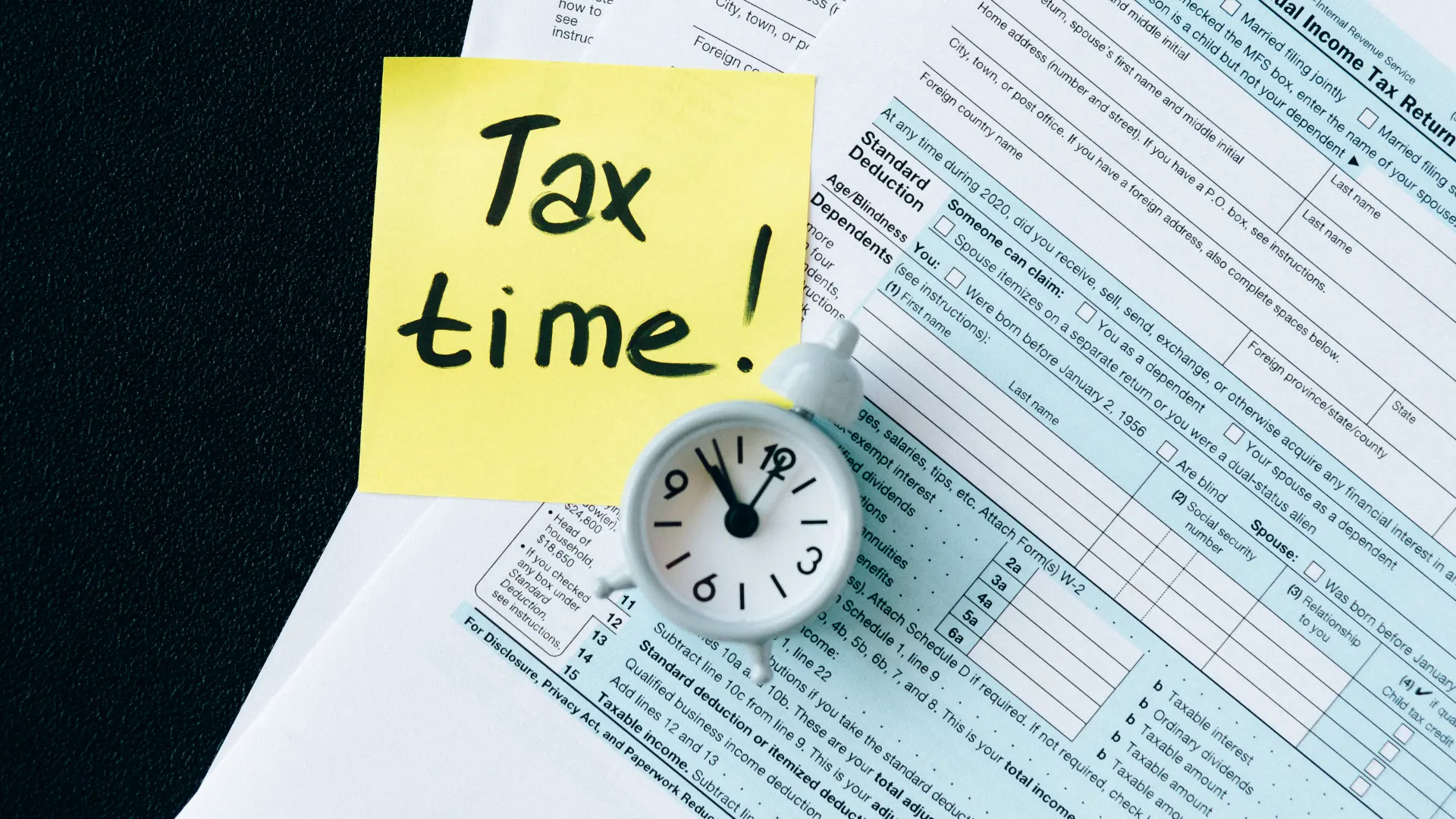Navigating the maze of tax forms can be daunting. But in this tangle, the IRS Form 1099-B serves as a lifeline, making the tax reporting process easier for anyone who's sold stocks, bonds, or other securities.

The IRS tax form 1099-B is issued by brokers or barter exchanges that manage the sale of securities, commodities, and other types of financial assets. It is essential for taxpayers to understand what is a 1099-B to accurately report sales of stocks, bonds, and other securities through a brokerage account during the tax year. The form provides detailed information about each transaction, helping taxpayers calculate capital gains or losses.
If you've sold securities through a brokerage or barter exchange, you will likely receive form 1099-B. This form is provided by the broker or barter exchange to both you and the IRS. It shows how much you've made and the original cost of the securities you sold, so you've got everything you need to report any capital gains or losses.
Using the information provided on the 1099-B, taxpayers can fill out Form 8949 and Schedule D, which are necessary for reporting capital gains and losses during the tax year. These forms are important because they report your capital gains and losses for the year. So, it's crucial to accurately report all the information from 1099-B form to stay in good standing with tax regulations and avoid any possible penalties.
To correctly fill out the form 1099-B, it is vital to understand the various boxes and their purposes:
The information from these boxes is used to complete Schedule D and Form 8949, which are part of the taxpayer's annual tax return.
The 1099-B tax form plays a pivotal role in tax calculations. It helps taxpayers determine their capital gains or losses, influencing their tax liability. Understanding how to interpret and use the data from the form 1099-B can lead to more accurate tax calculations and ensure that all gains and losses are correctly reported to the IRS.
When filing taxes, it's important to ensure that all information from your IRS tax form 1099 B is accurately transferred to your tax return forms. Here are some tips:
The form 1099-B is indispensable for reporting transaction proceeds and helping taxpayers comply with U.S. tax laws. By understanding what is 1099 B used for, completing it correctly, and using the data to inform your tax filings, you can streamline your tax preparation process and potentially optimize your tax outcomes. Always consult with a tax professional if you have any doubts about how to report your transactions.